|
Exercises for anyone who wants to have a long career drawing.
The true problem with being an artist and drawing all day (as I wanted my whole life) is that human backs are not designed to hold that position, so it is very common for artists and designers to have really stiff shoulder blades, creating a chain of muscle strain towards the arm AND the back… and a lot of pain. These are some physical exercises for artists and honestly anyone who works at a desk. (all credit to my physiotherapist) HEY!!! I got interviewed by Toon Boom about my work in animation and my career as a storyboard artist! (the interview is in Spanish) I’m very passionate about storytelling and I’m always so happy to share some of that with others <3 ES: Hace unos meses Toon Boom me hizo una entrevista acerca de mi trabajo en animacion y carrera como storyboard artist 🌟 https://www.toonboom.com/es/el-artista-al-servicio-de-la-historia
This year I am also part of the Ambassador Program!
I'M VERY HAPPY!! I participated in the the Portafolio Domestica for Colombian Young Talent 2020, a book that showcases the work of 150 Colombian artist under 30 into 5 categories: Animation, Illustration, Editorial design, Branding and Photography. AND-- I'm also the winner of the Animation category!! I steel feel amazed that I get mentions in my professional career. I know it is very common for artists to feel very insecure about their work, and the Impostor Syndrome is very real and ingrained in all of us.
I understand our need to try to do better in what we like to do, but I try very hard to trust in the people that see my work and like it. That is the basis of this profession, after all, we have to do our best and trust the rest of the team is also doing their best. My recommendation is always to hold onto this opportunities and just TRY, if they happen it is amazing and validating, but when they don't. happen, and trust me, I have a fair amount of those as well, then it is not the right moment and not the right skills, and the worl keep going and you have time to try again in a different way.
hi!! I'm glad to hear you are working on things! And That is a very good question I ask myself the same very often. for me, it depends on who is gonna use the board. If there is no need to be more specific about the buildings (because sometimes there is nothing said on the script or background designers are still working on it) you can just show the angle and do boxes, maybe throw a couple of small windows to make it very clear it’s a building but that’s all. In my job i could get away with something like this because the layout and background artists are the ones making it very pretty for the final thing. It is clear that i want a city full of buildings for this shot. and I usually just don't have the time do it more detailed tbh. But if you want to show light sources, and since it’s the opening shot and maybe you want to be very clear about the kind of city it is you can do it more detailed with shading like or in the style you are using for the board, very cartoonish or only with black lines etc.! (I’ve seen boards that use concept art for backgrounds and it also helps a lot) The idea of a establishing shot is to give an specific mood and place, and if you are the one designing you can throw that there.
This twitter thread is very good in showing the difference between storyboard and layout, with the second tweet having how the board looks! https://twitter.com/Lowtwait/status/1300934567067484161 Hope it helps, and good luck with your project!
Hi! This is gonna be a bit long but I hope I can help. I’m from Colombia and I first did an undergrad in fine arts and then decided to go into storyboarding. But here the animation industry is only starting, which means there are 0 places to study it and a LOT of people are self-taught with all the problems that it has. SO.. when I decided to go into animation as a professional I chose to get a masters degree in Animation in the UK. I was looking for that sweet experience from a place with an established industry. (and that is way cheaper than the USA, and I also knew the language) That’s how I went to become a storyboard artist.
If you are still unsure of where to start or if it is more convenient for you, start studying in your country something that has to do with visual arts, that way you can develop solid drawing skills while also focusing on storyboard, visual narration, and animation. In the end, these are means to have a good portfolio you can use to show directors, producers, or recruiters what you can do and start working in animation anywhere. Since I don't really know how the animation industry is in Morocco, I would think that you have to do a lot of work yourself to be part of it. Being really observant of the animated shorts produced in your country or how small studios or just people already working in animation are doing. While also working on your storyboarding skills. Have in mind that at the end your artwork is what’s backing your dream to work in animation. I think there are 3 paths on how to become a storyboard artist, depending on what you want to do with your life...for example, if you want emigrate to another country, you need to have a degree for visa requirements and stuff. But sometimes it is not required to work on animation.
You said you got storyboard pro and wips, right? first thing is...complete at least one of those wips so you have something to show!. The second you say to someone looking for a storyboard artist “hey I’m looking to work as a storyboard artist, let me show you the storyboards I have” you have the advantage of showing people that you, in fact, are a storyboard artist (even if a very new one). And that’s the first step tbh. I know some things about studying animation in the UK, or...if you want to ask something more specific, my askbox is open :) i know it’s very hard to start somewhere and ’m very glad i can help somehow. Thank you so so much for asking!
(no worries, en español esta bien :> Nunca he encontrado mucha informacion de storyboard en español, asi que aqui va un poco de mi conocimiento) Para comenzara hacer storyboards tienes que hacer storyboards. No importa lo mucho que leas o mires como se hacen, al momento de hacerlos es que comienzas a aplicar y a realmente entender todos los consejos.Para comenzar a hacer storyboards lo mejor es saber que el storyboard es una herramienta para planear todo el resto de lo que va a aparecer en pantalla. Es el que dicta los layouts, los fondos, el timing de la animacion..todo lo que compone la historia. Y es lo que otros equipos como el de arte y animacion y compocicion van a estar viendo. La idea del story es comunicar claramente a todo el equipo lo que se esta haciendo, asi que no tiene que ser bonito como tal, tiene que ser util... uno de los puntos mas importantes de trabajar haciedo animacion es que es un trabajo de equipo y todos quieren que salga bien y esto es solo posible si todos saben que esta sucediendo en el guion.Asi que para hacer story la meta es ser claro visualmente en la intencion de cada escena y de cada plano. Generalmente al hacer story uno comienza con una idea vaga de lo que quiere que se trate y se comienza por dibujos sensillos , generalmente que entiendes tu y nadie mas, lmao. Esos son los thumbnails. esos te dan una idea de que quieres que suceda, y puedes cambiarlos facilmente si no te convencen.Lo siguiente es pensar y dibujar como quieres tu o el director que suceda cada accion. Esto incluye compocision, fondos, angulos y movimientos de camara y acting de los personajes. Como storyboard artist, uno tiene que estar conciente de todo esto, pero realmente se logra con practica y revisiones, muchas revisiones sobre el mismo story , pero pues, eso es lo normal.La practica en story va hacia dos lados, 1. Habilidad artistica. Es practicar mucho dibujo con modelo y dibujo rapido en la calle de personas y situaciones. Un dibujo expresivo ayuda muchisimo a que una accion o un sentimiento de un personaje se entienda y generalmente un storyboard artist tiene que ser rapido y efectivo al momento de dibujar y esto se logra es practicando dibujo. y 2. Cinematografia. Necesitas entender como funciona el lenguaje audiovisual, saber como componer movimiento o situaciones para que la audiencia siga la historia como tu o el director quiere (entienda al personaje, sus motivaciones etc) Un ejercicio interesnte es coger escenas de peliculas o series que te llamen la atencion y sacarles el storyboard. Basicamente cada vez que cambia un plano, lo dibujas, asi uno comienza a entender que esta comunicando cada escena y como lo comunica. Y asi comienzas a analizar todo lo que ves y luego puedes usar eso en tus storyboards.De lo mejor que puedes hacer es buscar storyboards y ver como estan hechos, asi te puedes dar una idea de como funcionan. En general no hay una forma unica o un camino correcto para hacer storyboards y cada produccion requiere cosas distintas. Unas necesitan que el storyboard sea casi los keys para animacion y otras veces un storyboard puede ser mucho menos especifico. Aqui hay unos links de cosas de story pero todo esta en ingles :’) https://samanthavilfort.tumblr.com/post/155063885215/hi-im-hoping-to-become-a-storyboard-artist-but-imhttps://5-30am.tumblr.com/post/161106107152/kingofooo-by-storyboard-supervisor-erikhttp://www.floobynooby.com/comp1.htmlhttps://www.khanacademy.org/partner-content/pixar/storytelling Y si tienes animo de mas ingles, este es mi blog de animacion. con parte de mi procesos: http://www.linipik.net/animation-blog Mucho animo, y si quieres saber cualquier otra cosa no dudes en preguntar .u. I'm honored to be part of the Toon Boom ambassador program alongside other 50 amazing artists and animators!
Thank you so much☆ Found this video talking about one of the most important parts about Animation Me and my friend Melissa talking about our experience studying animation at UWE
(From a university publication a year ago)
Oh Style! the greatest question in an artist life (maybe) I am part of that group of people that says you gotta look for other things and style will come on it’s own. If you force it, it won’t really…work. Style depends on what you do with your art what you like in it and how it helps its final purpose. And that is a thing that overall, takes time and practice. Style is just a bunch of art shortcuts. You do a lot of something until you discover a way to make it easier for yourself and that still works with what you like. A style is supposed to feel comfortable. It is when you stop thinking about style and start thinking on how to make, idk, that the line you like looks good with the thing you are doing. You can study some other artist shortcuts and check if it works with what you are doing more than force them into what you are doing. And the moment you adapt it as your own because it helps your own process that detail is now part of your style. Most artist get to their signature style by having to meet deadlines and using what they find easier to do, to do their job. My tip is that if you like something a for your style, you try using it a lot and try being really perceptive if it is really working or not. Just look at it and be objective and completely sincere with yourself, and if it ain’t working, it ain’t working. It happens. You can also be stubborn and work harder to make it work. and change everything else so you like how your art is going. ALSO, divide the style (any style) in parts: Composition, outline, colour palette…even something specific like an eye shape. Anything. so you are able to change that specific thing or you are able to identify it on other’s art. The thing with style is that it is ever changing...and that is perfectly alright. You evolve as a person and you find other interests and it influence what you do all the time. You can even have various styles and mix them. Hope I am being clear and if you have any other question, I am here to help :> Sometimes I get questions in my art blog about studying animation and being a storyboard artist.
WAO MY PAL, MY DEAR NONI, I helped in that decision?!
With career choices, I'm completely serious and if you have any other questions, shoot ahead, I will always be as clear as I can because as much as I love art and studying and the academy, it is a big personal and monetary decision. I am going to go there and say it, I did a masters degree in animation, in storyboard, and for the hell of it I wouldn't change it for anything even at the times it is more of a burden than a blessing for me. OKAY then, let’s do this! My best advice to be a storyboard artist is to do storyboards. (now let me elaborate)It means to draw a lot while thinking and doing it BECAUSE of the story you are telling, I can never stress enough that it is the most important part of storyboarding even tho having good draftsmanship is also very recommended. Storyboarding is something you learn while you are doing it, it is about making mistakes and you always learn how to do it better every time you finish a board. Studying visual storytelling is a must (tv shows, movies, books…) sometimes you sit there and instead of just watching something and start actively noticing why a shot is good or bad or why is it there in the first place. For being a good storyboard artist you have to keep in mind how everything in frame helps the story. You can’t improvise experience and learning from other storyboard artists and directors is one of the most important parts. Right now you can find SO MANY storyboard artists and proper boards from excellent movies online it is a blessing! but most of their advice or what they say only clicks when you start to need it and use it in your own storytelling. One advice i would give to anyone wanting to do story: learn to think with a pencil in your hand, think while you are drawing. Make mistakes and then think why those are mistakes, and correct them on the go. I am assuming you haven’t started studying yet and you are preparing to enter uni. GOOD, you are of to a head start if you already feel strongly inclined to something specific. At the same time it is important for you to learn many other parts of animation. And one of the biggest things that fuels for your own stories is to do something else. You get inspiration and learn equal important things from everything else in your life. It will always reflects on your art. I love sboarding, I would die to keep doing it the rest of my life, but it took me years to figure the goddamn obvious and accept it was something I liked so much. But as much as it is a passion it is also a job. It is something you want to do professionally and an art career is something that usually demands a lot of emotional energy, working with people, and projects you might not like and in this industry, you probably won’t start directly into boards. If you find along the process something you see you enjoy most or are better suit for it, don’t hesitate in also try it.
OH DEAR!
I am glad you want to get into storyboard :’) You are starting and what I am telling you here is a broad view for the 3 years or so you are going to spend in college. I do not have a single idea what kind of program you are in, and each has its own variations and links to the industry and stuff like that. Anyway! Storyboard artists work with composition, storytelling continuity and establish relationships between characters and assure the flow of the sequence. They balance “strong drawing skills with good knowledge of anatomy, staging, acting and the ability to think quickly” .All must come naturally to the storyboard artists. and that is why you better try different types of stories, techniques, and audiences, as well as study composition and narration in finished products like movies, ads and TV shows. The main issue is that getting started with storyboards is not exactly easy, since there is not just one way to do storyboards, no 12 principles or specific rules and it can go from mainstream to completely experimental. Some projects will require reworking one scene several times or drawing into the model and others will be great with roughs… Your aims are to be adaptable because you never know where you are going to end up working or in what kind of projects…And when you are starting, you want to figure out what are your strengths and what you are not so good at. What kind of courses?
And do not be afraid to ask questions. Many of the animators and storyboard artists are really happy to answer any questions about being part of the animation industry, and they are often more accessible through their own social media. things to avoid?
create a portfolio and talk to people. but do not exploit yourself Tell your teachers and fellow classmates that you are looking for industry experience, and this one come in hand with being able to demonstrate it with your work. If they see you are a good part of the team, they will let you know if they see something available. Remember that you start from the beginning (as revisionist and assistant ) and it is a great way to improve while working with other professionals AND to show them you are a person they want to work with. You do not have to start as a storyboard artist and that is okay too. There are many many ways to get your foot on the door. …i would say the most valuable thing for ANYONE working in animation is to be a good person. for people dealing with deadlines and last minute changes, you want to work with someone reliable and just plain nice. When you want to be a storyboard artist and your goal is to work at an industry level a big part of it is about working on teams and relying on other people’s abilities to get the most of a project, big or small. and having a broad understanding of various parts of the project is an advantage so do not be afraid to net involved in other aspects of animation. And finally, i would say a good tip is to find something that fuels your fire and practice with it and enjoy it. Not all will be perfect but you will learn about your own way of doing it. IMO posting your work online is good, since you learn what form of storytelling is more effective and you start being okay with sharing your work, but take this with a grain of salt because the social media world is messy and does not reflect your actual worth as an artist. Just if you find it fun to share your stuff, do it. We all love to see more art.Finally, and after a big wall of text I hope it is helpful, I will link you to my MA animation blog…because it has everything form my MA including my final reflections on the industry and portfolios for sboard. The only way to become good at telling stories visually is by doing it. And screwing it some times, all is part of a process. If you have any more questions, i’m here to help Make mistakes. Take feedback. Improve.
heya! no problem! i love answering questions that may help! yes i do have an art degree, but since it was not close to animation, i got an ma in animation too I got my gigs as storyboard artist by making a story portfolio i would be feel comfortable showing around and applying, and keep practicing… it means by making storyboards all the time, lots of them..and by also taking part of other parts of the animation process, after all it is a team sport :O The path to become a sboard artist is really different for each person, and for me, it mostly depends on where in the world you are, if you can work in big studios or move close to them , if you get into your local industry…that kind of stuff, if it is a small studio you may need to know other aspects of production such as design and actual animation. Most people won't need an ma, BUT it is necessary for you to have storyboards to show for applying to jobs. Also, you gotta think about starting from the beginning (aka as a revisionist or assistant)… ..but mostly, for being a storyboard artist you gotta truly focus on the story part of it. “why things happen and how to show it the clearest way possible” Most senior storyboard artists and directors i have talked to do not care much if you have AMAZING illustrations if they cant see the potential storytelling…still It requires drawing A LOT so it is a plus if you are clearly comfortable with it i am here to help! if you have any more questions about any part of it, it’s cool! i can talk all day about storyboards …, since..it is my big passion :> Sometimes I get questions in my art blog about studying animation and being a storyboard artist.
A bunch of of artists/animators come together to reanimate an episode of a cartoon scene by scene, a different animator for each scene. Each animator receives a random scene and can interpret it however they please. This was a non profit collaborative project. The final video will not be monetized in any way as respect for all of artists. Staging and Board Reimagining the Characters from Kirby Background Layout Animation After Effects is one of the most important softwares for Motion Graphic and Character Animation out there, and, since my practice is been based on drawing, I was really unfamiliar with it. With any new software, my best first approach is with a step by step tutorial. The ones I found more helpful were the ones by Jake Bartlett in Skillshare and for a week I dedicated myself to rigging puppets, and understanding the basic commands and timeline on a software I was running away from the beginning of my animating career. In conclusion:
I dedicated my MA in Animation at the Bristol School of Animation to truly understand what it means to be a Storyboard Artist and how to develop my artistic career as one. This is a reflective analysis I decided to publish in 8 parts about my personal and professional practice from the point I decided to become a storyboard artist and being part of the animation industry.
Having drawing as a central point in my practice, and not limiting myself to only learning about storyboarding but being able to adapt this existing illustration skills in different projects. I’ve been involved in layout, and editing my own animatics and final projects, also and more important, develop other set of skills to further my career in animation: I was able to learn about visual narrative and storytelling into a much deeper level. This skills I developed in different projects can be adapted in different aspects I am interested but was not sure how to develop during the MA, like comics and children stories as they all share the principles of drawing and storytelling. Although it is clear that I still have room for improvement, nowadays I can say that I can perform professionally as a storyboard artist. I have gained and applied my experience adapting several skills to new environments and performing different roles in various projects while obtaining a better idea on what aspects I need to improve. A big part of the industry is about working on teams and relying on other people’s abilities to get the most of a project, big or small. and having a broad understanding of various keyponts to not feel at lost in different situations that may occur is a personal advantage since part of the storyboard artist job as someone who extinguish fires before they happen.
Drawing is still the axis to develop my career, and being able to develop skills that are useful in more than one way is important in the industry to keep the job, but also to develop a creative voice in personal projects. Storyboard artists work with the composition, storytelling continuity and establish relationships between characters and assures the flow of the sequence. They balance “strong drawing skills with good knowledge of anatomy, staging, acting and the ability to think quickly” (Levy, 2006) A storyboard is the drawings that illustrate a narrative momentum and it is after all a tool to help visualize the film, and like that, they are often discarded to create a stronger point in a story, it is, after all, thinking in terms of visual storytelling and quickly translating those thoughts so they can be pitched, revised and dissected. For the story.
Francesca and Lizbeth – Puzzle Pieces
Storyboard Pro - TVPaint Direction, Production and Storyboard: Luisa Cruz (2nd year MA Animation) Animation and Character Design: Vasilena Kavanozova (Level 3 Animation), Victoria Povey (Level 3 Animation) What the animators say about the piece: "The conversation between the two mothers gives us an insight about their experience and after sharing their points of view it leaves us feeling uplifted. As we aimed to show precisely this in the animation we made the little birds complement each other and at the end fit perfectly under their mother wings as they shared a warm and fluffy hug." http://www.bbc.co.uk/programmes/p05mww3n
When I was given the opportunity to have another brief with Childrens in Need Charity and the BBC radio, I was heads on to making it. Practice is important not only in the technical aspects of animation but also at the moment of facing a production. Bsides, being a brief with only one month to get the animation to screen I was sure to be able to accomplish it if I followed a fitting schedule.
For this project I also worked in a team with two animators from third year, and assumed the role of director. At this point I already had experience doing several aspects of a production and since I had a deadline clear I organized every single task for the animators to be able to focus on animating. In our production meetings we discussed aspects of the work like design and story, and by the moment the animatic was ready, I jumped directly to work on the backgrounds and preparing the file for the final edition. Was the kind of project that requires a steady pipeline to be able to deliver what we already had promised to the BBC. In both briefs for the BBC many groups dropped in the middle of the production for not being able to finish it but personally, the experience to bringing something to screen is far more valuable as it shows the organization and the ability to compromise to the ones that made it possible to complete the animation in such a short time. The experience of being a director was important in many aspects, one of them being that one of the future developments in a storyboard artists career is becoming director themselves and, in the guiding environment of the academia, it was the safest way for me to try this role I feel is too far from where I am standing right now. My major difficulty was communicating with the other team members as someone in charge, to be able to drive exactly what I envisioned and, as ALSO a flaw in my storyboard skills, is also not in the animatic. Even with the stressful nature of directing a short, I tried to apply what other with more experience directing told me. Having people to ask for advice in this aspect was one of the reasons we could deliver the animation. The animation industry and creators have a need to share their work since it is the only way to get feedback from it. Online presence is beneficial for networking and may be useful to nail freelance commissions and/or studio jobs. As a visual storyteller, it also helps to build an audience that eventually could support personal projects. The animation industry has changed in recent years thanks to artists now being able to share their work online at all time, generating an audience and hopefully also captivating the interest of specific directors. This article from Anime News Network is one of the most interestings since it reunites the experiences of american, european and australian animators that have gotten into the industry by animating and sharing what they do in social media." Learn animation. Post your work online. Take feedback. Improve. Be recruited onto a high profile project as a key animator." The feedback from the public is as enriching as watching what other professionals are doing, which can develop the critical eye on own productions. And even further, having my work organized online can contact me with studios in other countries and widen my career possibilities.
Getting in contact with people in the industry is often the most important way to get relevant feedback and sometimes even the smaller tip can change the way of approaching the same work I was doing before. The only way to get into a dialogue with people in the industry is having some work done and be able to show it, even a little. Many of the animators and storyboard artists are really happy to answer any questions about being part of the animation industry, and they are often more accessible through their own social media. It has been the tips from storyboard artist looking at my board that have gave me a big breakthrough on the job. More than often, as storyboard artist we are so focused on the board we are doing that those small tips, like paying a little more attention to the foreground or using the negative space in a character design, are often seen as tricks and are the most difficult to see when immersing in a specific script, but they speak more about the experience of working on different type of boards and having someone reviewing them directly. Most of the artists I reached work on projects or have online platforms that I have followed for a while. Others were recommended to me. I wrote to fifteen people and received answers from eight of them. After speaking with them, the main lesson was an obvious one: storyboard artists work in all of the fields of visual media. Adaptability is necessary to work on the field, because the size of the crew, the production needs and the resources vary wildly among short films, tv shows, feature films and advertising for different media. Even if my main goal is to be able to work in a studio based job, I know I must learn about the characteristics of freelance jobs, since they make up for a great percentage of the offer. The questions I send to them where: •What was your first job in the industry? How did you get to work as a storyboard artist? •What kind of technology do you work with on a daily basis? •What kind of additional skills may help a storyboard artist working in animation? •How do you approach scripts? is it any different for short projects than for big ones? And in the case of the directors: how their role as storyboard artists influence their role as directors. Key points I found are: •Each project is unique, therefore it must be approached with a brand new mindset. The job of a storyboard artist is to figure out the specific requirements of the story and the clearest way to satisfy them visually. •Each director approaches projects in a different way and the crew operates differently according to this approach. The storyboard artist must be able to adapt and take the best of every new experience. •Type casting is a real thing in the industry. In some features, the storyboard artist is picked to plan a specific scene that requires high skill in action or drama expression, other times, it is more about the general feeling of the entire project. •Related to this, it is vital that the storyboard artist and the director understand each other. •Storyboard is all about planning and a storyboard artist needs to keep all the aspects of storytelling in mind for being able to deliver. Acting, colour, composition, cuts. All must be clear in the storyboard and come natural to the storyboard artists, which is why having experience in several projects is important. Storyboard notes come very handy. •It is important to question everything that is going to be shown to the audience: why the director wants it to be like it is, which is the best way to show it, how will the material get clear enough to make the cut. •The simpler the better. •Mastery comes from practice and experimentation. It is essential to try different scripts, techniques and audiences, as well as studying composition and narration in finished products like movies, ads and TV shows. •Most of the interviewees work digitally, using mainly Adobe Photoshop and Toon Boom Storyboard Pro. Some of them consider the proficiency in the latter a requirement to work as a studio artist in the industry. •The length of a project can go from one or two days for advertising, to two or three years for feature films. •Newcomers normally get jobs as revisionists, where they help tying up the storyboard artist’s work with the director final needs. It is a great way to enter the industry because one can see the storyboards from professional artists and listen to the director’s commentary first hand. I looked up for the requirements big studios have for their storyboard artists, what do they want to see in a portfolio and which skills they appreciate in an animator too, because I got from the interviews that several storyboard artists also work as animators or even concept artists and character designers. They definitely need that the storyboard artist understands the pipeline and commits to make it flow, since a production is a team effort to put a finished product on screen and the storyboard artist is one of the critical pieces in the functioning of this mechanism. The pipeline is the tool to understand the whole process and define who needs to work at every step of it. With it, the storyboard artist can manage to make the blueprints to all the departments in time and assure everything goes as planned and the studio can be sure their money is not going to waste. Behind the scenes documentaries for feature films are great to see this in detail, since they show how the work of the storyboard artists intertwines with the rest of the crew and how different studios approach the challenges of production. Cartoon Network, Pixar and Dreamworks have information about this online for everyone to see The conclusion: For being a successful artist in an industry means to be able to develop a critical eye on your own work and how it is serving to your purpose as a visual artist. For me, the way to achieve this was to realize that I am on an entry level on the industry and the people that would hire me knows that. It means that I have to be incredible perceptive and actively look for feedback from people working on animation. Many established artist on the industry count with years of experience to have a signature style, and knowing that even if that is one of the characteristics of successful artists, they also count with the time and experience to develop it and to keep growing as artists. The main issue with wanting to be a storyboard artist is that getting started with storyboards is not exactly easy, since there is not just one way to do storyboards. They are made for the production you are in and they all change with the type of production. Between books like Cristiano, G. (2008) The Storyboard Design Course where he approaches different points about many different aspects of storyboarding such as director notes and the difference between storyboard for animation and shooting boards.
One of my principal fears of going all the way into storyboard from the beginning was the professional opportunities that it has in the local animation industry and in the international one, as I also have to keep thinking on where i am going to be in the future and what is my professional projection. In general, looking for professionals currently working in the industry has been very enlightening and useful since I decided to focus on storyboard: getting in touch with people working on the field I am interested in is the best way to know what to expect and how to prepare myself for it. THE RESEARCH The interviews I have conducted through my research have influenced widely my approach to storyboarding, because the different artists I have spoken with have told me about the discipline and the importance of order and continuous improving of one’s own process. These interviews gave me great insights on how it is like to work for different clients and formats, They also let me hanging on several aspects widely on how to get out there and get a job in the industry. The information they all gave me is mainly about their own experience when they started, be it several years ago, in other parts of the world or juts with other conditions to their first job. I was still lacking on that first step. I learnt that their advice, even if well intentioned was at some extent not helpful completely, and for the same reason following it blindly would have been a mistake . The professionals with longer trajectories coincide that the use of specialized software is not really an important tool to get into a job, while a couple of canadian storyboard artists in starting jobs, even in the other side of the world, insisted it was one of the advantages they had. After that, my own experience getting a storyboard test in a local studio showed me that they were looking for someone who was already familiar with the software, since they were already using it. People on entry jobs have to easily adapt to their new studio environment and even if learning the software on the job is a possibility, it just makes it harder on new graduates to getting use to an industry level of work and on top of that, learn a software they have used just once. Being on top of the technology used in professional environments seems to be part responsibility of newbies and ignoring it would just make it more difficult at the moment to get a job.
Friend! my my!! many thanks for asking! What I am going to say is totally my opinion tho, so, Just.. yeah, have that in mind. I am not going to go into the should you go to art school or not, I am going with the idea you want to get an art degree :O Let’s see: Money is pretty important in the matter of living :’’)) and i know Calarts and the big usa schools can be hella f expensive, even more for ~~internationals~~ SO, yeah that is a big factor why i never choose to go there.. But also here in the UK can be really good schools and studios imo. One of the reasons to even spend money going to study abroad is, by far, the options of getting real experience from studios and animators and is a good idea to go to a country that actually produces animation you know? My decision was something like: if you are going to invest THAT much money (as any art school is)…it is a good idea to be realistic about how much you can spend, and later how you are going to pay for a loan if you need one. and a place that has an animation industry is the best option. Here is the thing: california has A LOT of the animation industry BUT also is way too expensive. For me the option will always be something rational about paying in the future bc drowning in debt is NOT a good thing to enjoy my career… The other thing is if you want to go to calarts for the sake of going to calarts or if you want to work in places like cartoon network or anywhere where the calarts graduate ppl go. Calarts have all the good connections and netwroking in this industry is like big part of the success… but also there are a lot of good artists that end up working in the same places because they are good, and not necessarily by studying in calarts one of the things my mentor said to me is that is your personal work the one that matters, and that I should be looking at the portfolios from ppl from gobelins and calarts bc that is what the industry is looking for and aim for that level of professionalism. he never said style or anything like that, just that my portfolio should be able to compete with theirs… bc we will be aiming for the same jobs. At the end is something that you can do by studying them from anywhere in the world. Having good mentors and teachers you can ask the basics and that can sit down with you and really help you develop your skills is what you want and there are so many good teachers in the UK it is amazing tbh, i really like it here in that aspect :> (you know, most teachers really want to share what they know, and finding some student that really want to learn is what keep them alive. vivan los profesores tbh) Sorry for the long answer, I hope i t helps: but yeah, in conclusion: I would not recommend drowning in some debt just to go to renown school and maybe better aim for a mid term goal of working alongside them, since you dont really need a specific school to develop skills, but what you gotta do is study what they do, recent graduates, portfolios, that kind of thing. you can do that and end up working with them and even better have also a different perspective in some things, and that may be the things that lands you a spot with them. remember that animation is a team industry and you work with many many artists in a single project, and that is great imo <3 good luck tho, this is such a big decision, if you have any more questions about it or just need someone to bounce ideas, yeah, im here to help ;v; Sometimes I get questions in my art blog about studying animation and being a storyboard artist
Composer: RockeyKeting
Animators : Karolina Bielskyte ,LuisaCruz, AlexCoad, EwanSchwarz. Location: Shoreditch Town Hall, THE DITCH, Old Document Store Running time: 1:30s. Our video projection idea is based on the door that leads from Old Document Store to Rivington Room. We used this opportunity and create a site-specific animation that was projected on top of the Old Document Store door and the sidewall with element from the Bauhaus art movement. The annual collaborative project with the Royal Academy of Music which involves collaborating with composers to realize a site specific experimental music film. The project was based in the Three Penny Opera from 1928. We used two projectors to cover the wall with the door and the corner of the wall on the right.
I had the experience of my grad project which was a two video Installation Art.
all the info about that one is here: CATS MAKE YOU WANT TO STAY IN (2015)
Space
Storyboard
Animatic
Installation
The idea of interpreting this conversation about growth and acceptance with flowers came from the graphic relationship between potential, growth and blooming, that I found while listening to Suzy and Bridget talk about the potential they see in people and in themselves and the disappointment that often comes with it. This is the reason I choose to follow the growth of the pink flower, who is unsure of growing and blooming, something that flowers are supposed to do but when she had a bad experience with others, left her unsure about it. She fulfills her potential only when she finds a real friend, with whom she can learn from and bloom together, leading her to accept herself and finally open.
Release date
PROCESS
1. Beatboard I am a hands on drawer and I do make stories directly on images. Thinking about the beats in the phrases and even the palette I wanted to use to set the begining tone of the story while I was re-revising it. I wanted to do a short film by myself to learn bits of the entire process, i had a deadline and from the begining I visualized it to be able to work with minimal backgrounds and at the same time have my desired atmosphere of growing. 
2. Schedule
I learnt the most important lesson: plan everything even the parts where you need to be flexible. It is by far the most important part, even more for the animation since each shot has its own value and you need more time for some, other are easier.
2. Studies
To get the story rythm, and later on the animation right I studied plants growing also to give a personality to my new beloved characters. Knowing the options for shots I had for the board and how timeconsuming it would be. Thinking several steps ahead is one of the many important things a director has to do so everything fits in the exact moment it is needed. Avoid surprises that can be a downfall for the entire project.
3. Storyboard and Animatic
My favorite part. Figuring out timing for some shots and being decisive about if something is needed or not. being as clear as I can. And several versions of each so it keeps working on, figuring out if the rythm is good or if some gesture is confusing. if it is not in the animatic it wont be on the animation, in my case I could make decissions while animating later on,because I was doing everything, but at the same time could see how it could be a problem for someone else. And fixing it. It is so important to be as clear as possible it also keeps on developing the characters and designs, being perceptive about it is the key.
4. DESIGNS
Character sheets and promts, how to make a character likeable and beliveable...and also them being flowers. I wanted to have a flower do lipsync and still move flowly and delicate to watch them grow.
Schedule PART II
Animation is the single most time consuming thing and it have to be carefully planned or you can throw away an entire afternoon when you dont have an entire afternoon to throw away. This is my animation schedule and marking the process every day is important. You need to be able to sit one day and say: i need to work more on this one so i may aliminate the entire background of one scene and it has to be so well planned that it can actually be done without comrpomissing the quality and general sense of the entire film. Having time to be flexible. Planing the most complicated things. Knwing when a background have to be done and knwing what to compromise.
5a. Animation
The acting the timing, it was all done in TVPaint and following a thinght well planned schedule. following that deadline was key to have it all done on time.
5b. Backgrounds
I wanted to play with the minimal but feeling that the flowers were prt of something bigger, growing and realizing their enviorment is part of the entire journey. Having them ready at the same time as doing the animation to be able to put it all together on time was a challenge, that is why in the boards the background were mostly color blocks, and this one being the final scene, it was about the flowers having more around them.
6. Composing
make sure to have everything correctly named and knowing exactly how a scene will go. Back up files and learning how to organize archives not only for yourself but for the software you will be using.
When all is done...
I learnt lots and lots and every time I think about my process I learn a new thing: -The animatic is the single more useful thing and i have to b clearer and more eficient and I can ramble during hours about this. I amglad I did this one in the most ortodox way i could manage because now i see how each step relates to the other. - Schedule, knowing how you work and how yoru team work is something you learn and also apply - Never fall out of lve with your project, i may be new but i can but love the process and even tho i see its faults I also can appreciate things i see, and at some points only the cheer emotion of seen it with colour with background or two scenes together was the only thing that saved me from frustration. And that is something you have to learn. - Listen to others and learn what to compromise. |
Archives
January 2023
INSTAGRAM (@linipik)
|
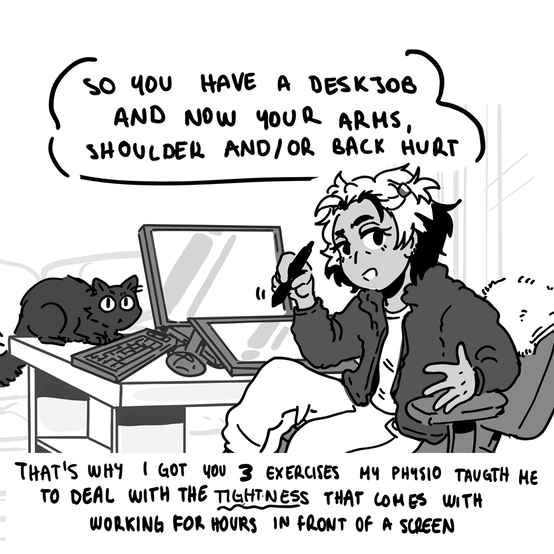
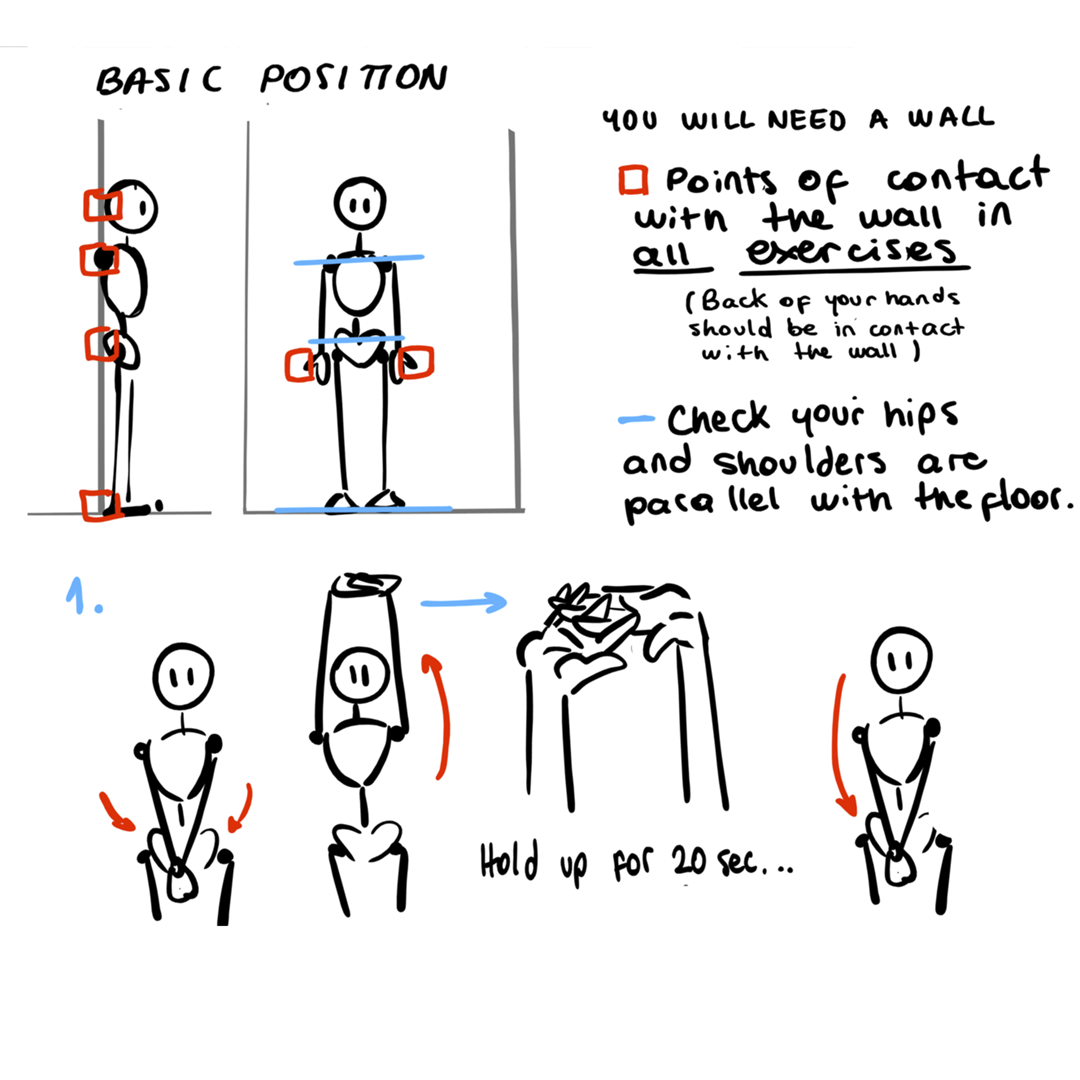

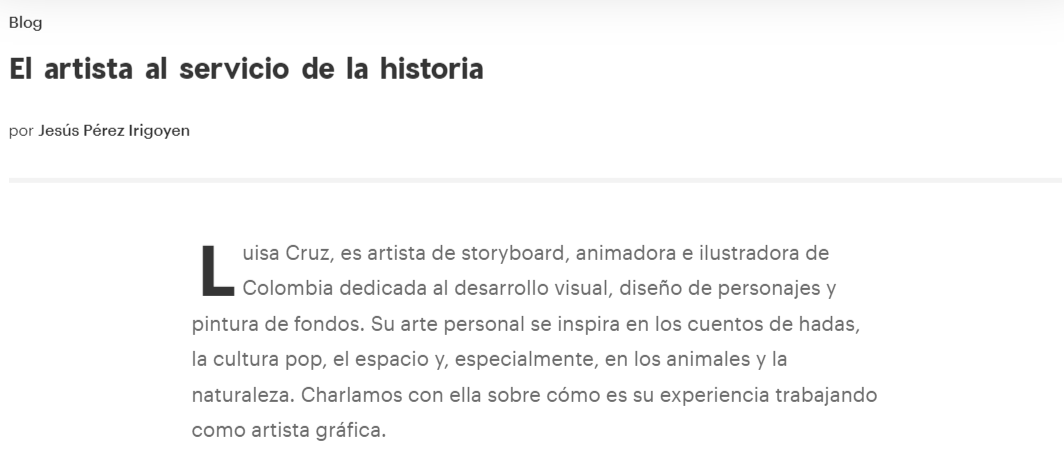


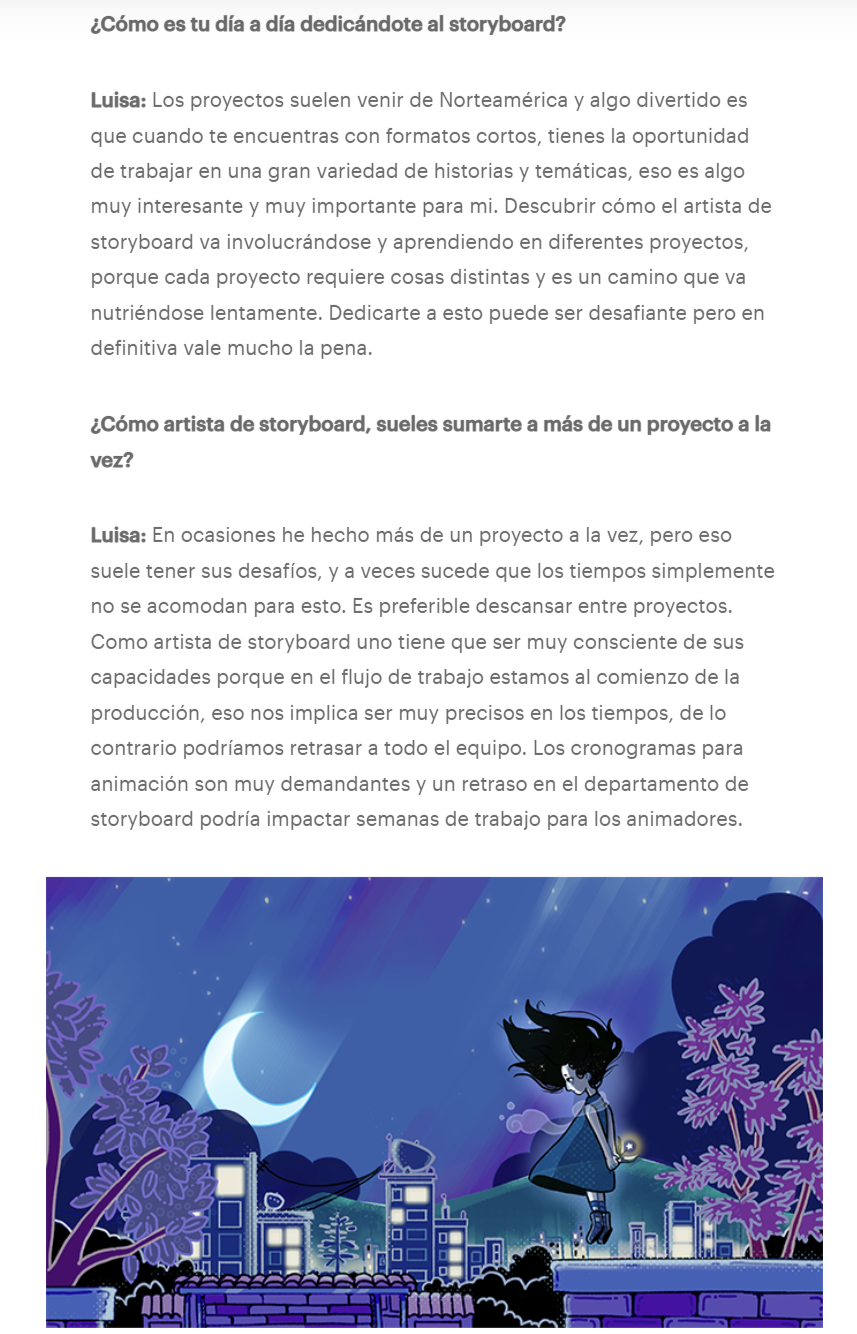
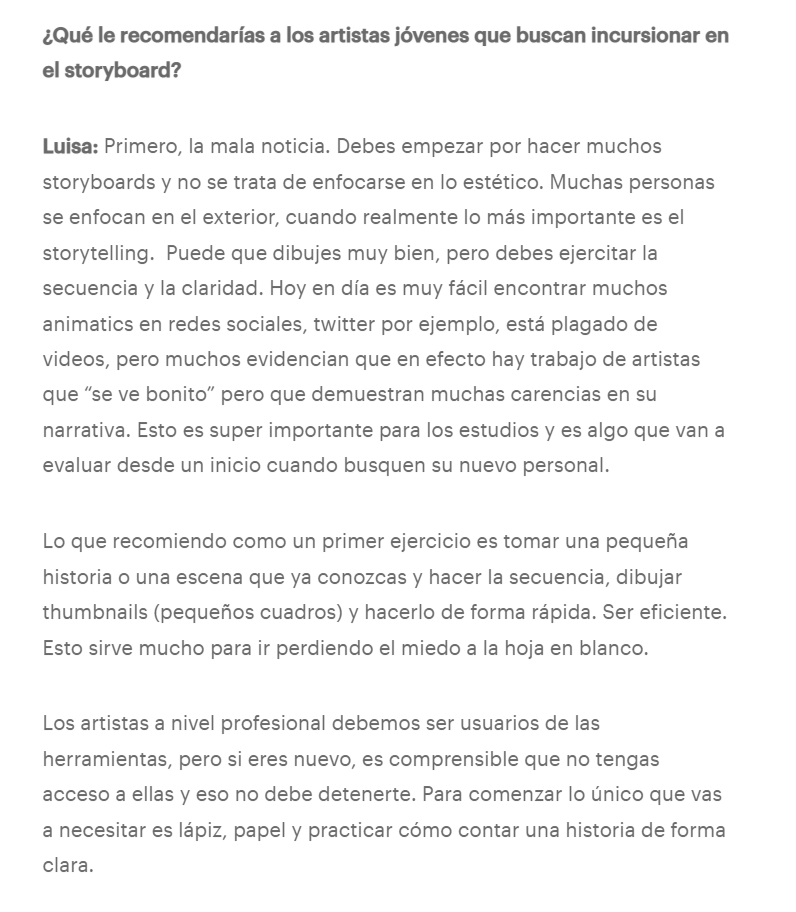
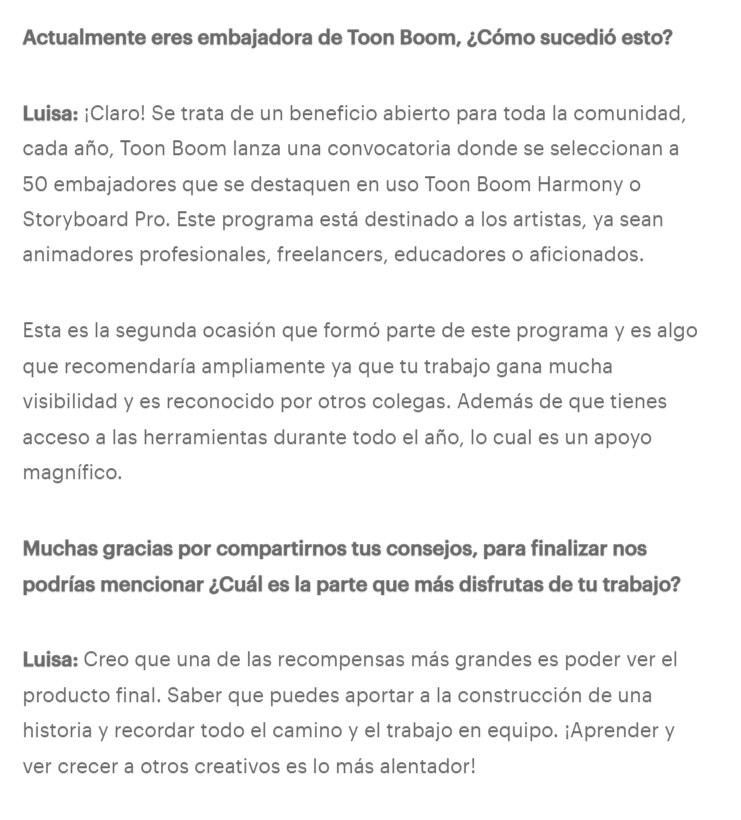
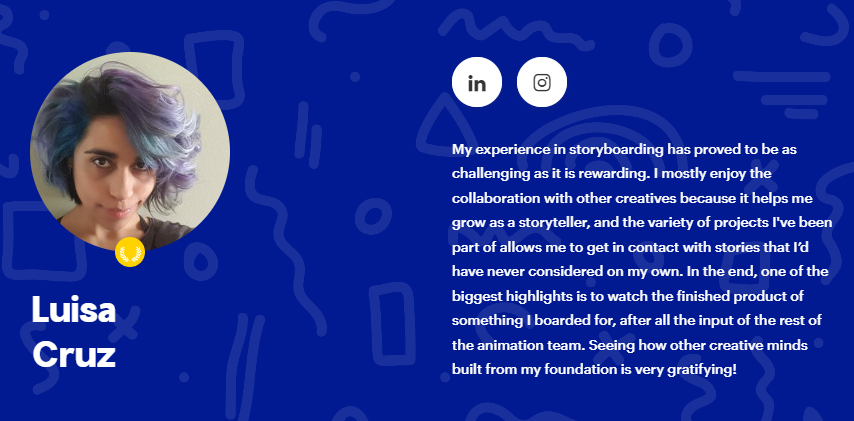

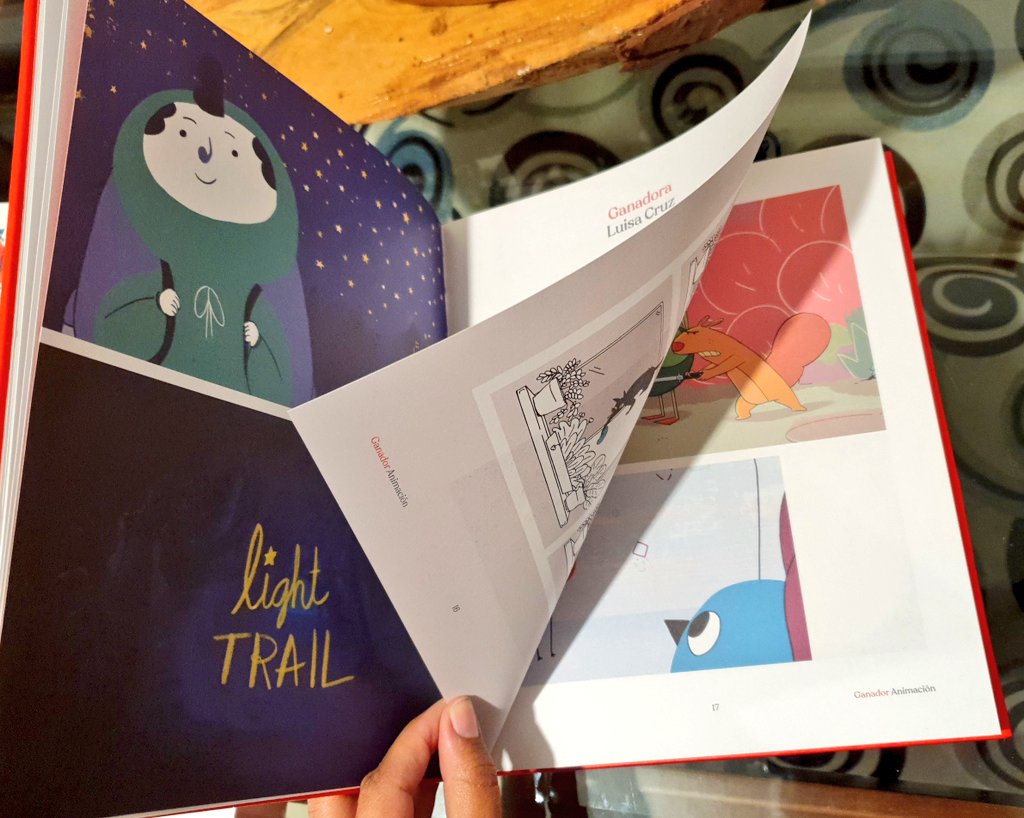
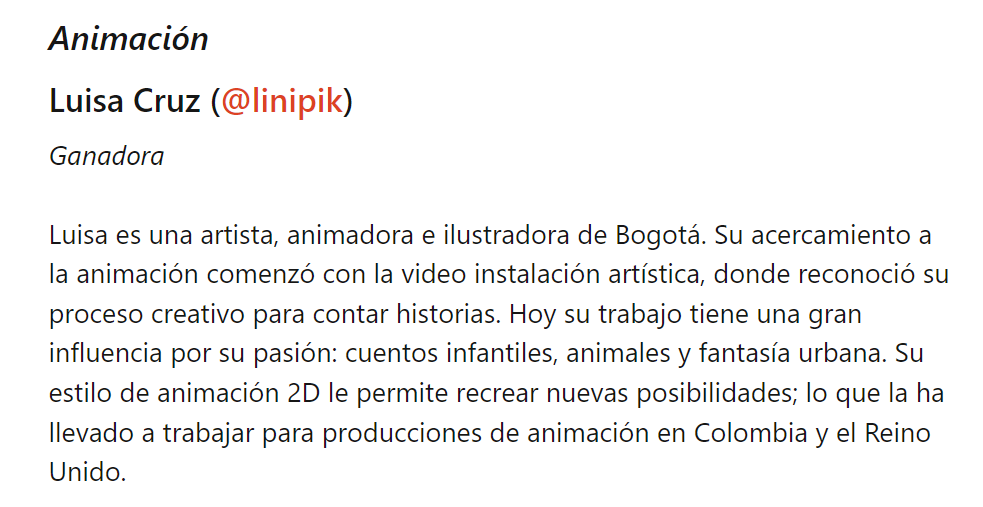
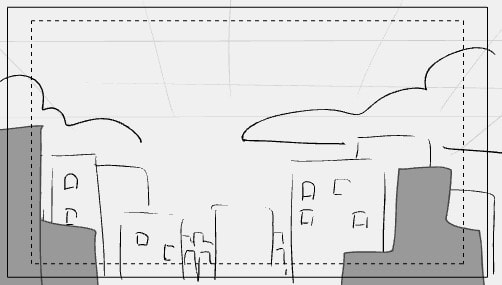
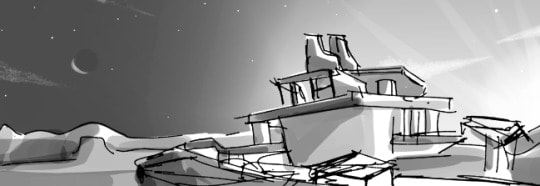
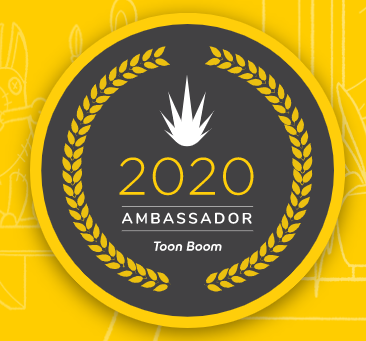
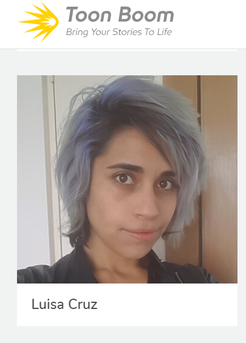

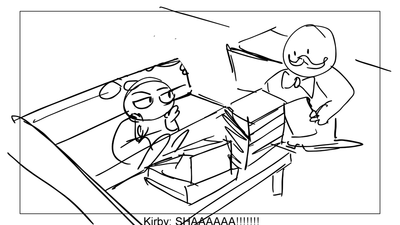
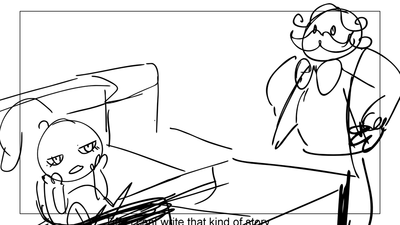
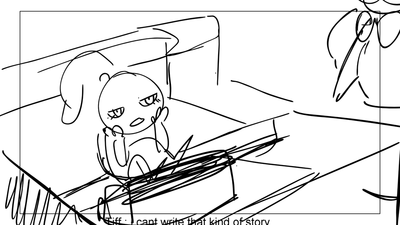
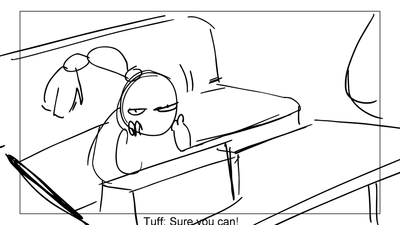
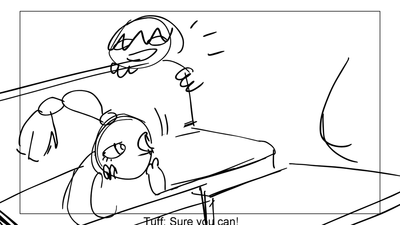
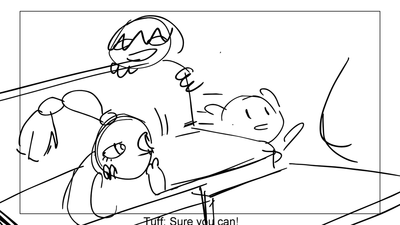
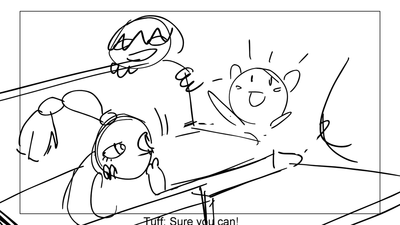
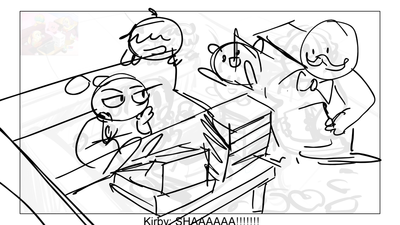
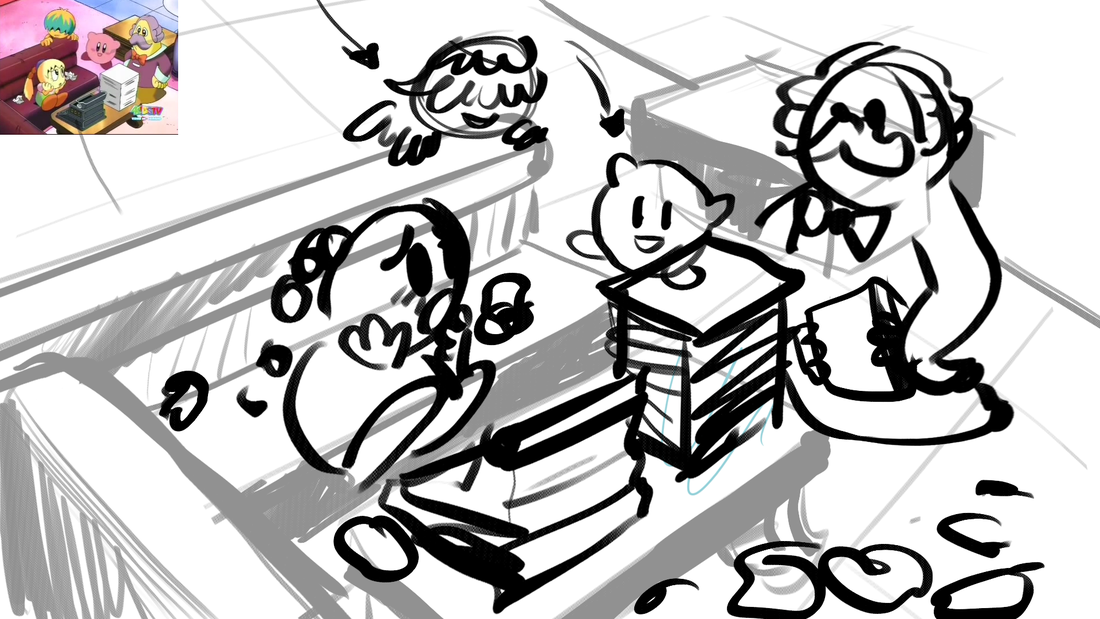
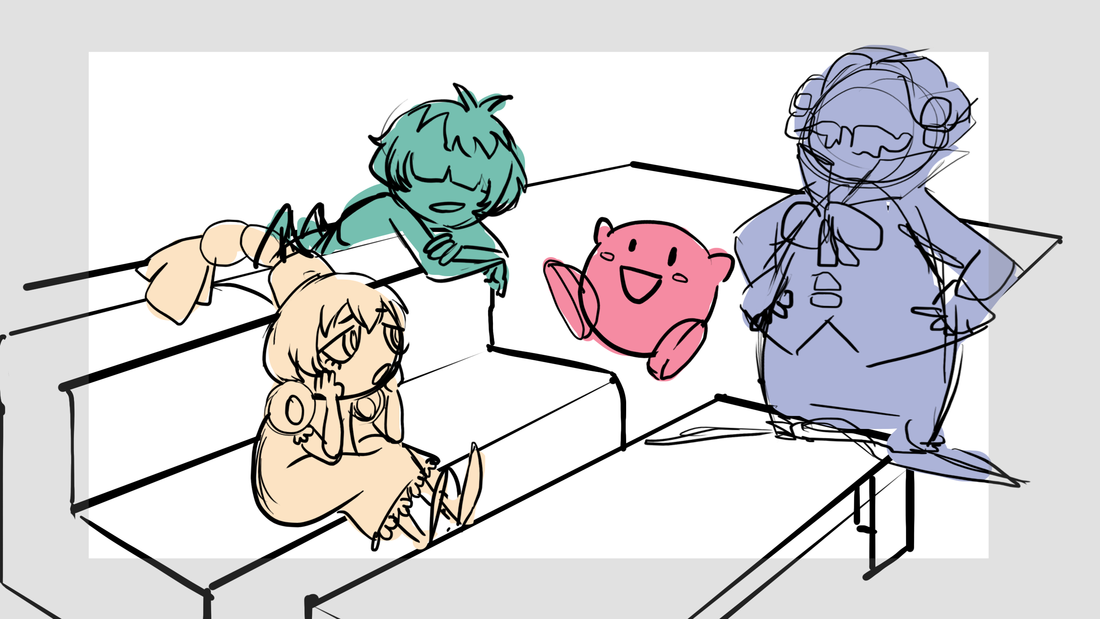
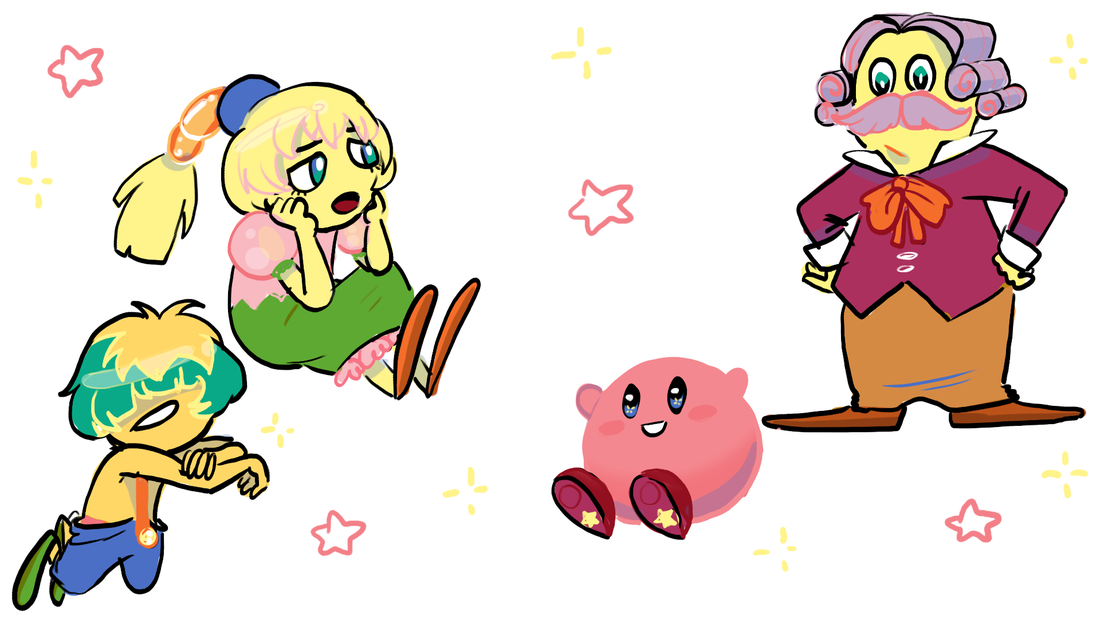
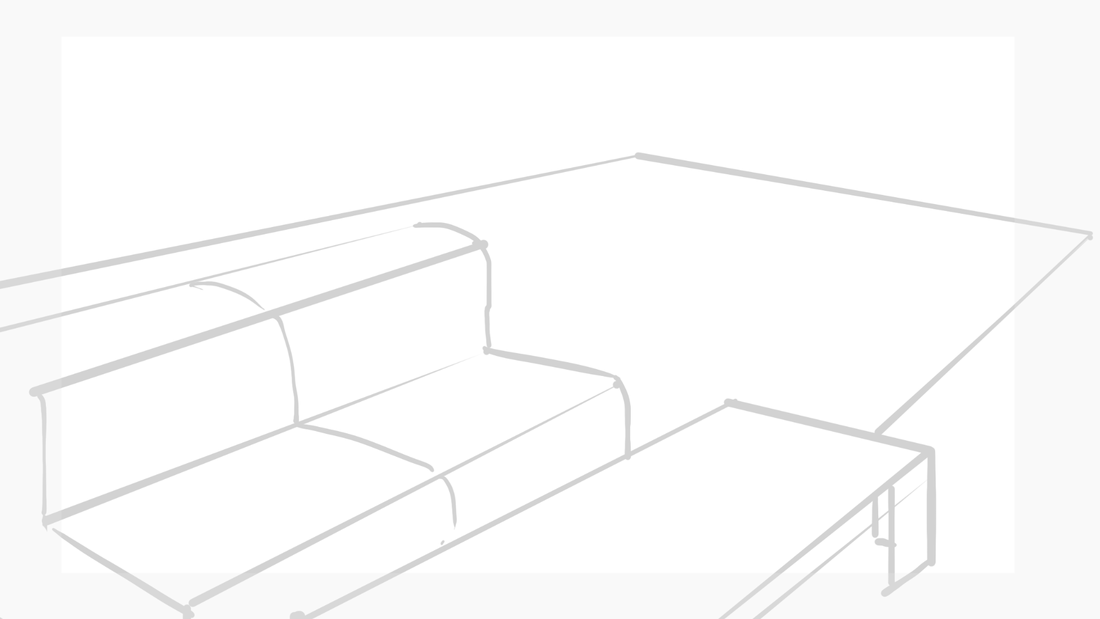

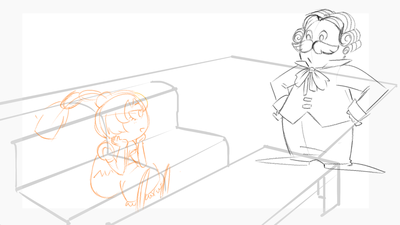
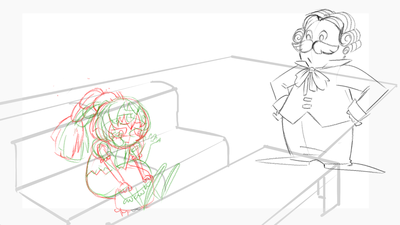
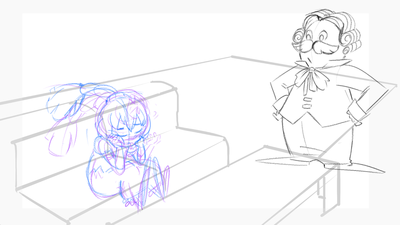
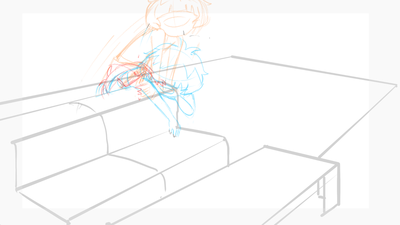
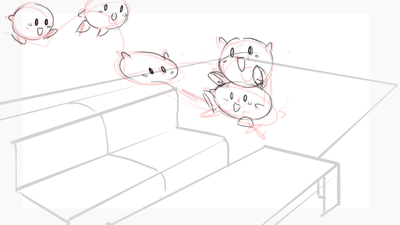

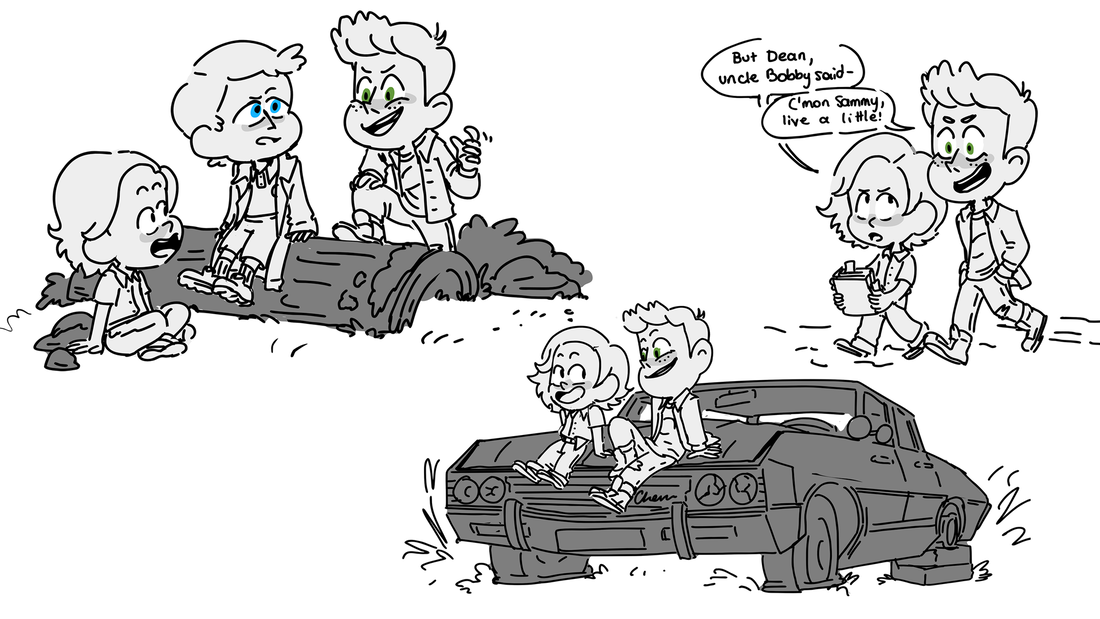

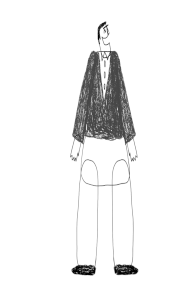
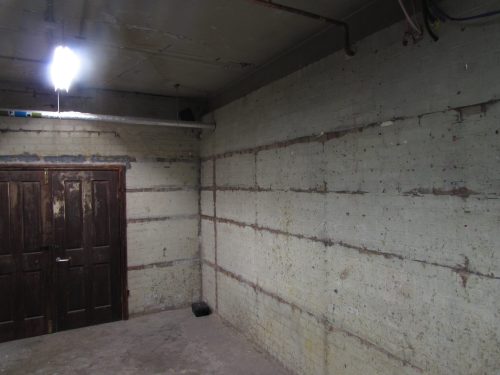
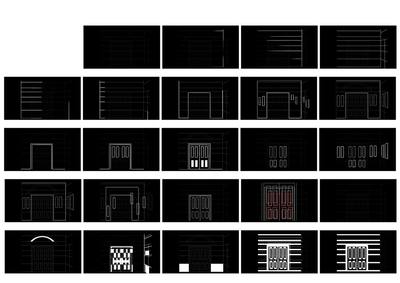
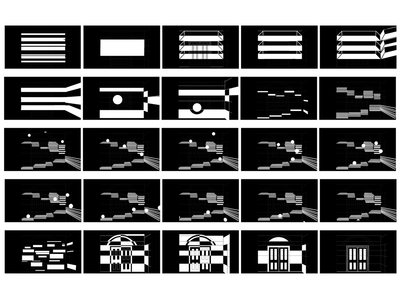
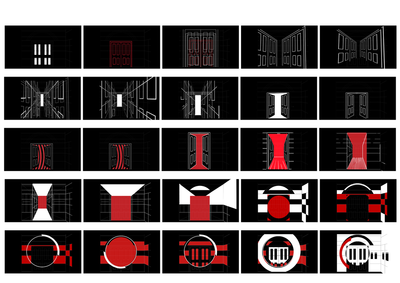
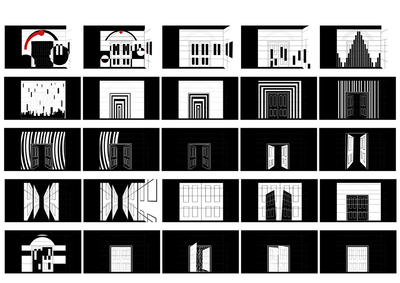
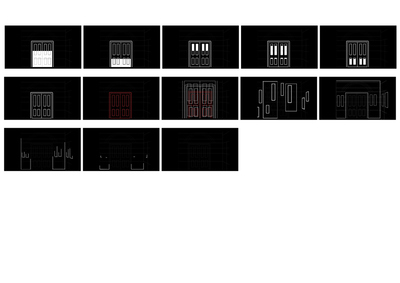
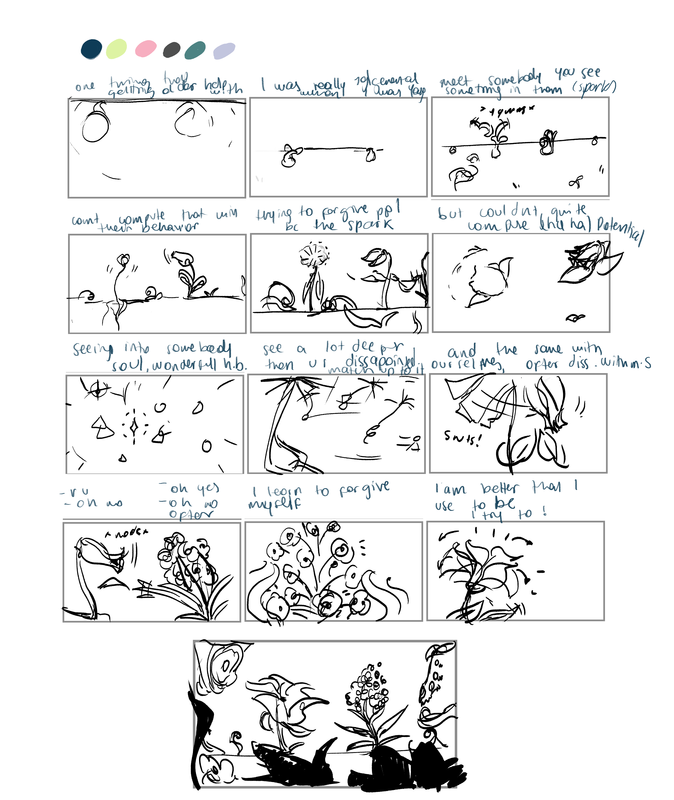
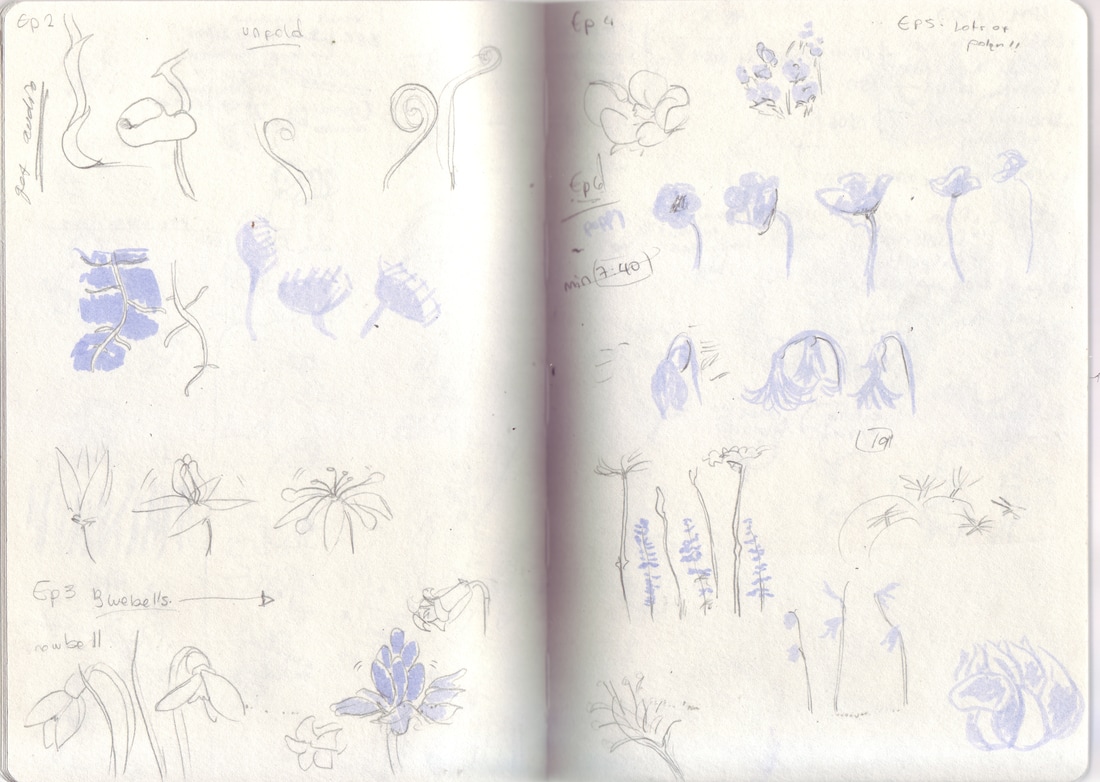
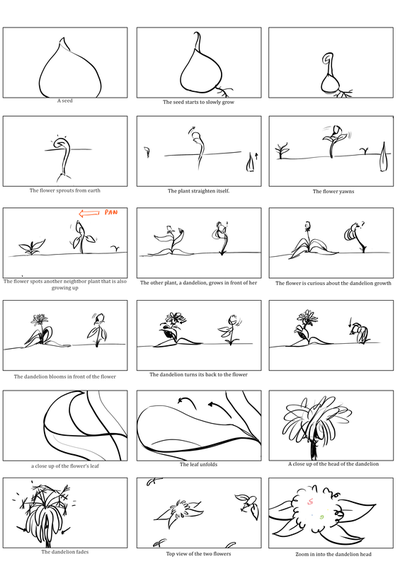
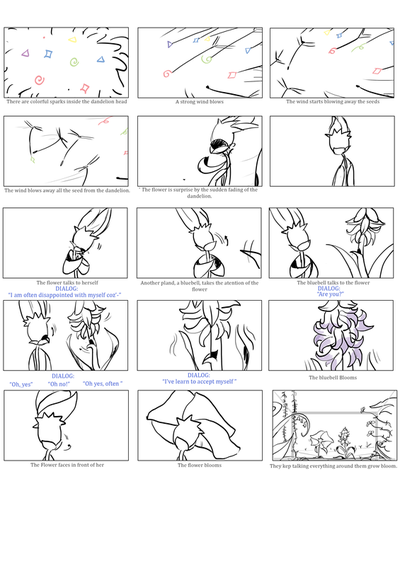
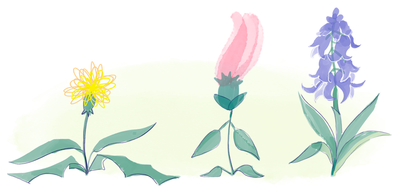
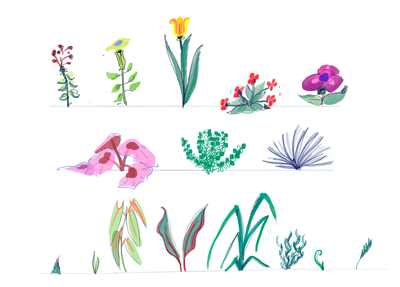
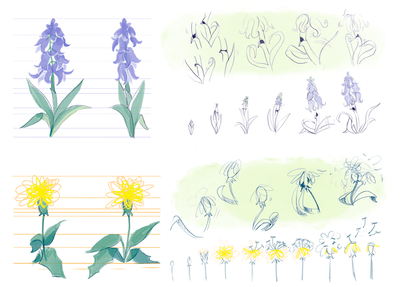

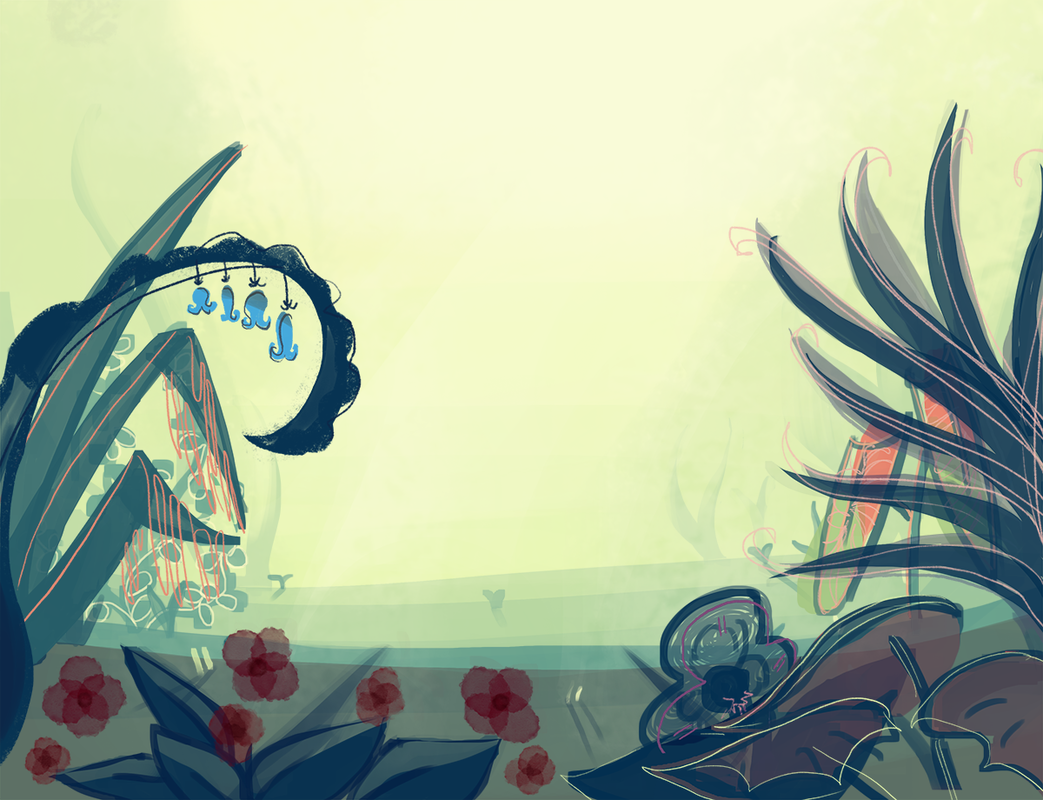


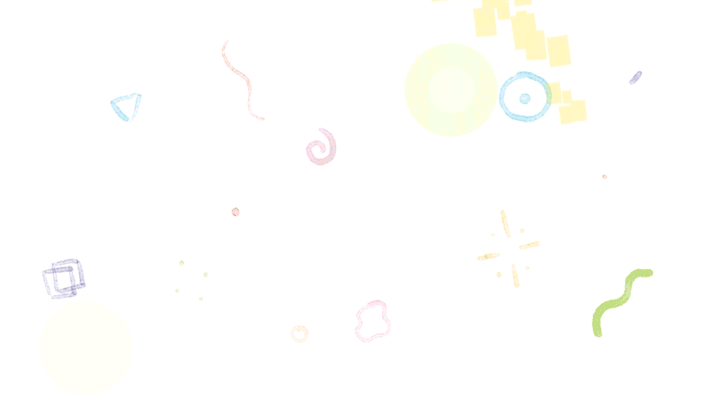

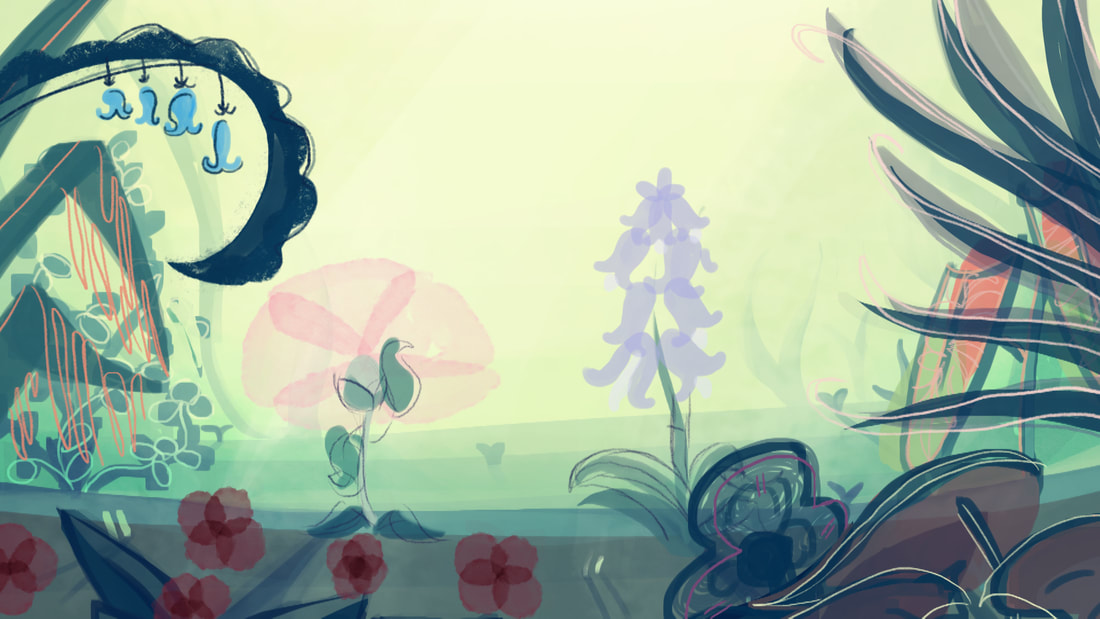

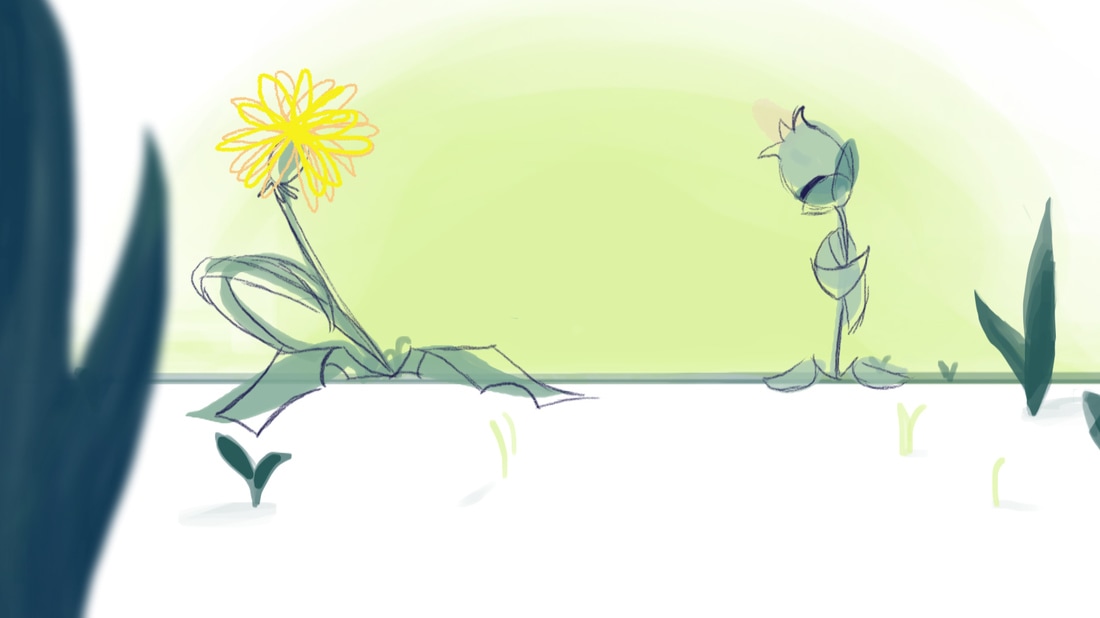
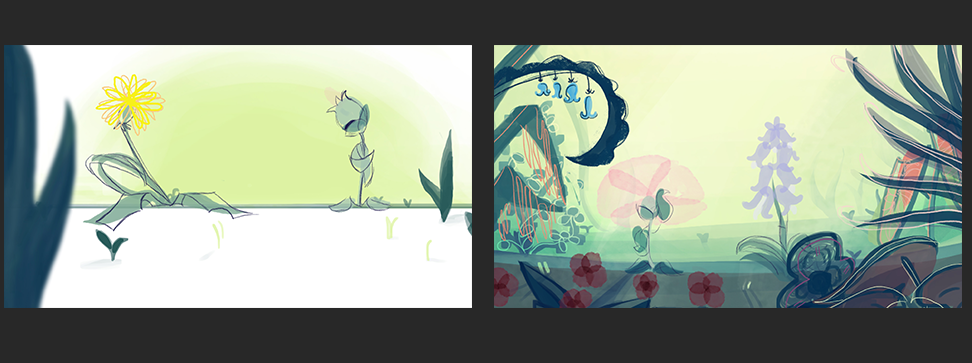
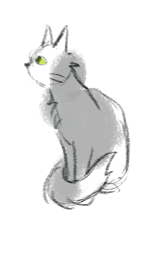
 RSS Feed
RSS Feed